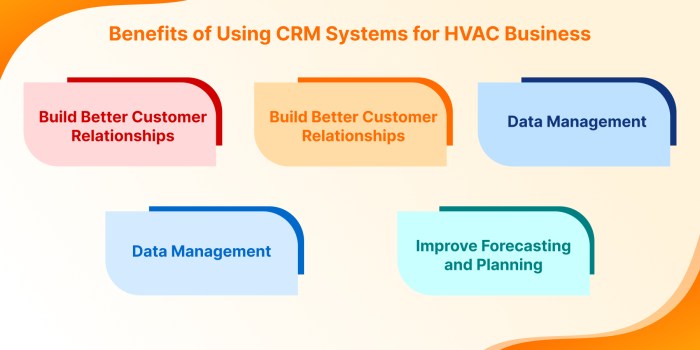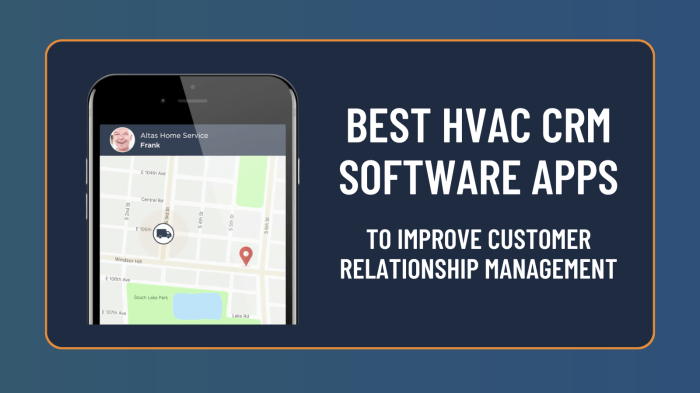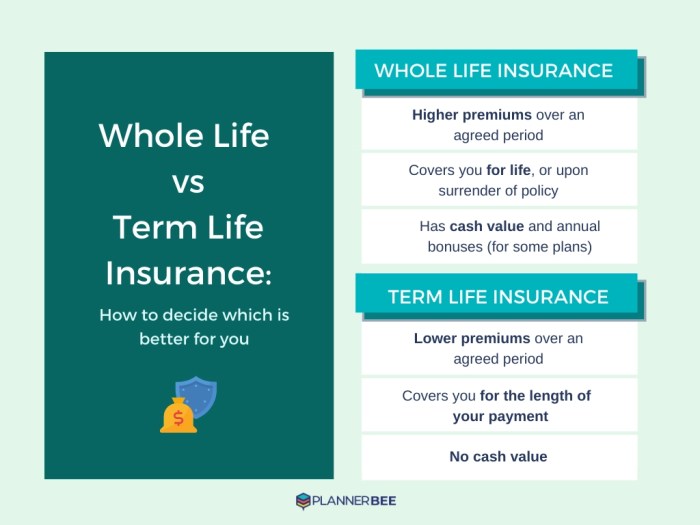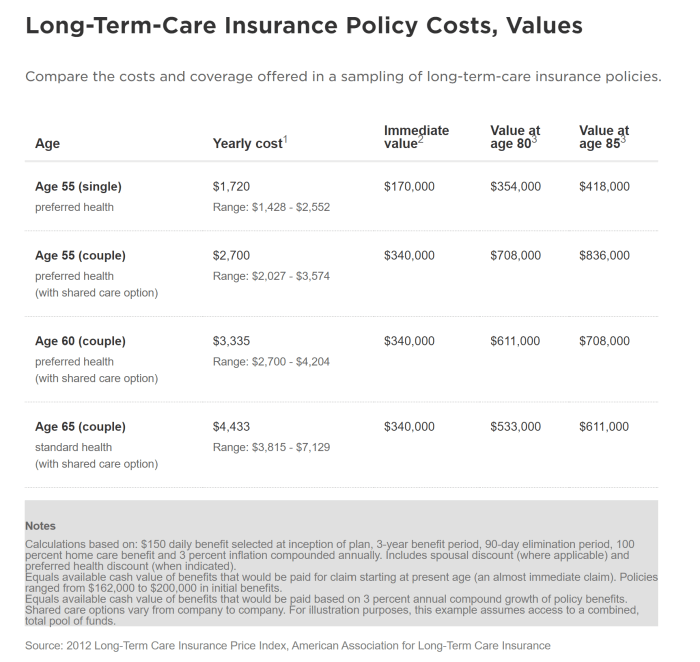HVAC CRM Software Features: Crm Software For Hvac

Crm software for hvac – A chill wind whispers through the empty office, a lonely hum echoing the silence of unsent invoices. The weight of unmanaged appointments presses down, a burden only efficient software can lift. This is the landscape many HVAC businesses face, a landscape that CRM software can transform.
HVAC-specific CRM software offers a lifeline, streamlining operations and fostering growth. It’s not merely a digital address book; it’s a comprehensive system designed to manage every aspect of your business, from initial customer contact to final payment. The key is choosing a system that truly fits your needs, a harmonious blend of functionality and user-friendliness.
Scheduling and Dispatching Capabilities, Crm software for hvac
Efficient scheduling is the backbone of any successful HVAC business. CRM software provides tools to optimize technician routes, minimizing travel time and maximizing service calls. Real-time scheduling updates ensure technicians are always informed, preventing conflicts and improving customer satisfaction. Dispatching features automate the assignment of jobs based on technician availability, skills, and location, contributing to smoother workflows and enhanced operational efficiency.
Consider a scenario where a sudden heatwave leads to a surge in service requests; a robust CRM system effortlessly handles this influx, assigning jobs intelligently and keeping both technicians and customers informed.
Invoicing and Payment Processing
The often-overlooked art of timely invoicing is significantly enhanced by integrated CRM systems. Automated invoicing features reduce manual errors and accelerate payment processing. Features like online payment gateways streamline the collection process, improving cash flow and reducing the administrative burden. Imagine the time saved, the reduced risk of late payments, and the improved financial health this integration offers – a welcome relief in the often-demanding HVAC industry.
Customer Relationship Management (CRM)
Beyond scheduling and invoicing, the core strength of CRM lies in fostering stronger customer relationships. Centralized customer profiles store detailed information, including service history, communication preferences, and past interactions. This detailed record enables personalized service, fostering loyalty and repeat business. Imagine a technician arriving at a customer’s home already familiar with their system’s history – a small detail with a powerful impact on customer perception and satisfaction.
Integration with Other Business Tools
The true power of a good HVAC CRM system lies in its ability to seamlessly integrate with other essential business tools. Integration with accounting software automates financial reporting, providing a clear and concise view of the company’s financial health. Similarly, integration with field service management tools optimizes workflow, enhances communication, and improves overall efficiency. This interconnectedness creates a synergistic effect, maximizing the effectiveness of each individual tool and contributing to a more streamlined and profitable business.
Comparison of HVAC CRM Software Options
Choosing the right CRM system requires careful consideration of features, pricing, and integration capabilities. The following table provides a comparison of four popular options, highlighting key differences.
| Software | Pricing Tiers | Scheduling/Dispatching | Invoicing/Payments | Other Key Features |
|---|---|---|---|---|
| ServiceTitan | Various plans, starting at a higher price point | Advanced routing optimization, real-time tracking | Integrated payment processing, automated invoicing | Extensive reporting, mobile app, inventory management |
| Housecall Pro | Multiple plans with varying features | Calendar scheduling, technician dispatch | Online payments, automated invoicing | Customer communication tools, job management |
| JobNimbus | Tiered pricing based on features and users | Job scheduling, route optimization | Invoicing, payment processing | Project management, client communication tools |
| Zoho CRM | Flexible pricing plans, including a free option | Basic scheduling, limited dispatching | Invoicing capabilities, integrations with payment gateways | Contact management, lead tracking, reporting |
Implementing and Using HVAC CRM Software

The transition to a new CRM system, a digital echo in the quiet hum of the HVAC world, can feel like a slow, melancholic autumn. The familiar comfort of spreadsheets gives way to the crisp, unfamiliar landscape of a new database. Yet, within this change lies the potential for a richer harvest, a more efficient workflow, and a stronger connection with clients.
This section explores the best practices for a smooth and successful implementation.Implementing an HVAC CRM system requires careful planning and execution, much like designing a complex HVAC system itself. A hasty deployment can lead to frustration and ultimately, failure to fully realize the software’s potential. A thoughtful approach, however, can transform your business.
Data Migration Strategies
Data migration is the delicate transfer of existing customer information, service history, and financial records into the new CRM. This process demands meticulous attention to detail. Inaccurate data migration can lead to costly errors and hamper the CRM’s effectiveness. A phased approach, starting with a pilot group of data, allows for thorough testing and refinement before full-scale migration.
Data cleansing, involving the identification and correction of inconsistencies, is crucial for data integrity. Consider employing specialized data migration tools to ensure accuracy and minimize disruptions.
User Training and Adoption
Training is not simply a one-time event but an ongoing process. Effective user training requires a multi-faceted approach, combining initial classroom instruction with ongoing support and readily available resources. The training should be tailored to the specific roles and responsibilities of each user, ensuring they understand how the CRM can improve their individual workflows. Providing easy-to-access online tutorials and FAQs further enhances the learning process.
Regular follow-up and feedback sessions help address any challenges and ensure user satisfaction. A successful implementation relies on widespread adoption, which necessitates clear communication, adequate support, and a demonstration of the CRM’s tangible benefits.
Maximizing CRM Effectiveness
The effectiveness of your CRM is directly proportional to its consistent use. Encourage regular data entry, ensuring that all interactions with customers, from initial contact to service completion, are accurately recorded. Establish clear protocols for data entry, maintaining consistency across the team. Integrate the CRM with other business systems, such as scheduling software and accounting platforms, to streamline workflows and reduce manual data entry.
Regularly review and update the CRM’s configuration to ensure it aligns with the evolving needs of your business. This ongoing optimization is vital to maximizing its potential.
Analyzing Business Performance with CRM Data
The CRM’s true power lies in its ability to provide insightful data analysis. This allows for data-driven decision-making, transforming your business from a reactive to a proactive entity. By analyzing customer behavior, service trends, and sales performance, you can identify areas for improvement and optimize your business strategies. The CRM allows you to track key performance indicators (KPIs) such as customer acquisition cost, customer lifetime value, and service call resolution time.
This detailed data provides a clear picture of your business’s health and helps you make informed decisions.
Creating Customized Reports and Dashboards
Customized reports and dashboards are essential tools for visualizing key metrics and tracking progress toward business objectives. The CRM’s reporting capabilities allow you to create tailored reports that focus on specific aspects of your business. For instance, you can generate reports on customer demographics, service call frequency, or technician performance. Dashboards provide a real-time overview of your business’s key metrics, enabling you to quickly identify trends and potential issues.
| Metric | Q1 2024 | Q2 2024 | Q3 2024 (Projected) |
|---|---|---|---|
| Average Service Call Time | 1.5 hours | 1.2 hours | 1 hour |
| Customer Acquisition Cost | $500 | $450 | $400 |
| Customer Satisfaction Score | 4.5/5 | 4.7/5 | 4.8/5 |
Efficient CRM software is vital for HVAC businesses, streamlining client management and boosting productivity. For smaller HVAC companies seeking affordable solutions, consider exploring options like those available at simple crm software for small businesses for sale , which can provide the basic tools needed for effective customer relationship management. Investing in a suitable CRM, even a simple one, ultimately enhances the overall efficiency of your HVAC operations.



